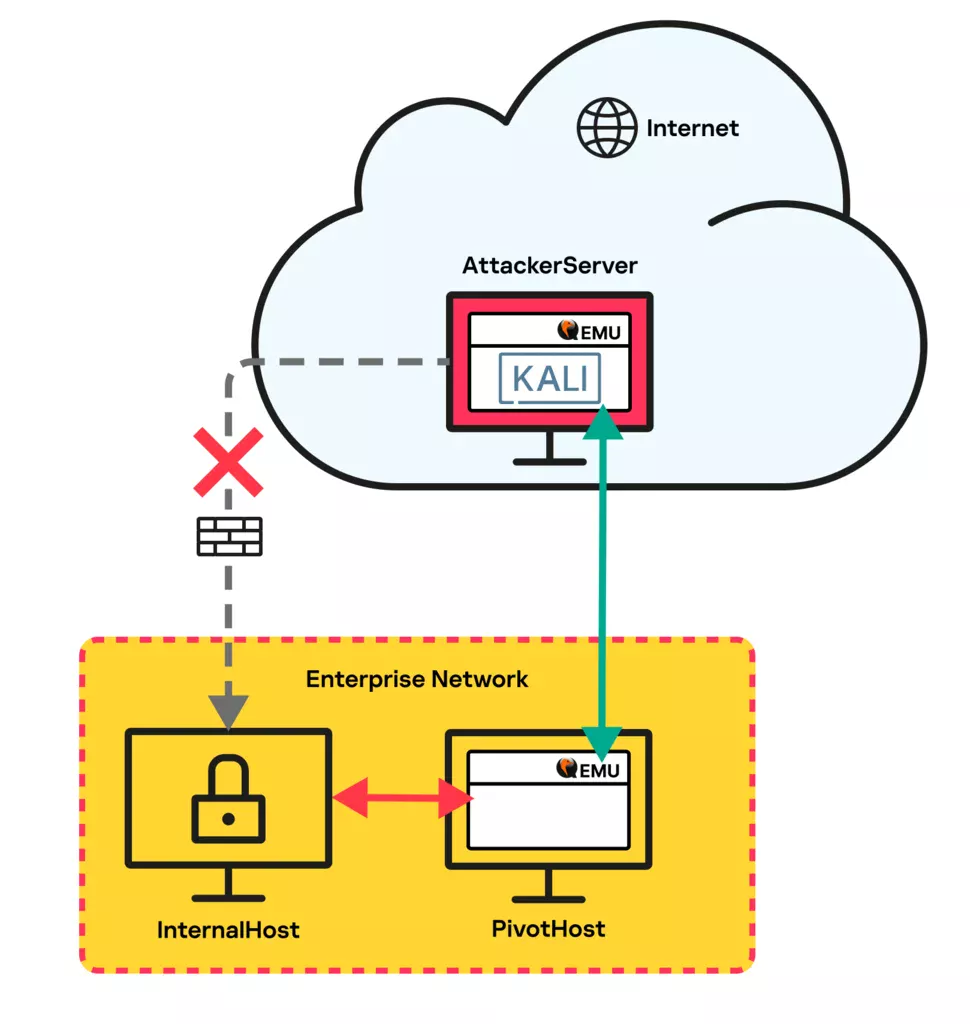Exploring Network Tunneling with QEMU: A Cybersecurity Analysis

In the realm of cybersecurity, attackers continuously devise innovative methods to breach networks. A striking example of such ingenuity involves the use of QEMU, a popular hardware emulation software, for network tunneling. This technique allows malicious actors to bypass traditional detection systems and gain unauthorized access to internal networks.
A detailed analysis by Securelist has shed light on an attack that utilized QEMU alongside other malicious tools to penetrate a corporate network. The operation's intricacy underlines the evolving nature of cyber threats and the challenges in detecting and mitigating such attacks.
QEMU's capability to create network tunnels provides a covert channel for attackers to communicate with compromised systems within a target's infrastructure. This case study not only explores the technical workings of QEMU in this context but also highlights the generated network traffic, offering valuable insights into the detection of similar threats.
The implications of this attack extend beyond the immediate security breach. It underscores the critical necessity for organizations to implement a comprehensive, multi-layered security posture that can adapt to the ever-changing threat landscape.
For those interested in a deeper dive into the technical specifics and implications of network tunneling with QEMU, the original article on Securelist offers an extensive analysis and is a must-read for cybersecurity professionals and enthusiasts alike. Read more in the originale article.